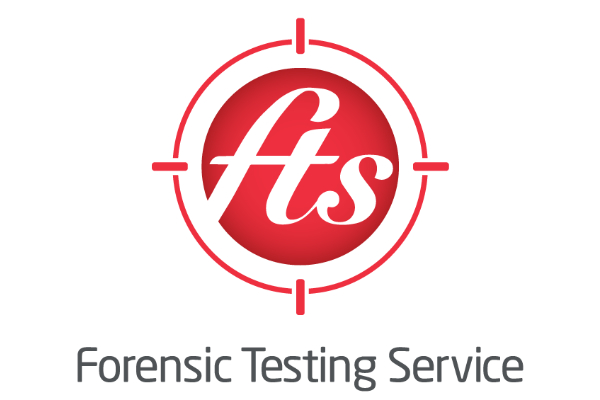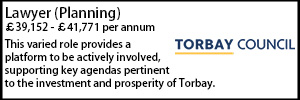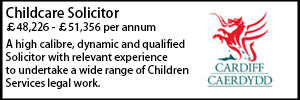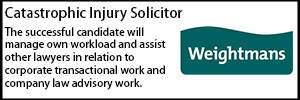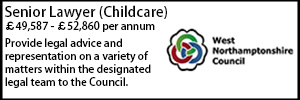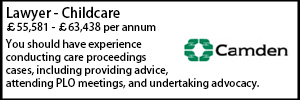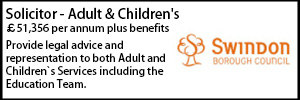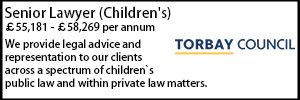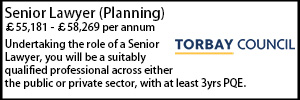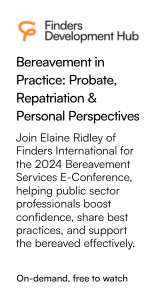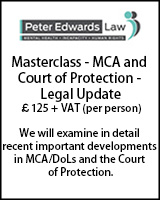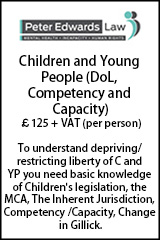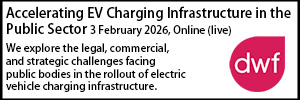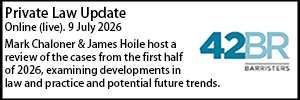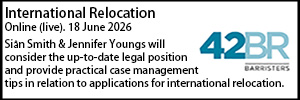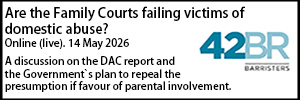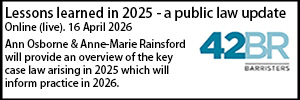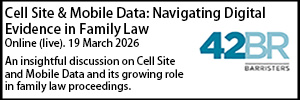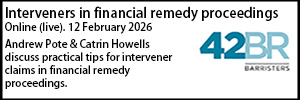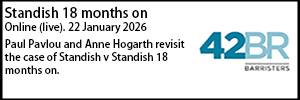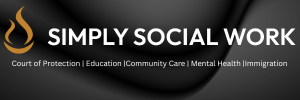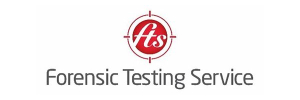Injuries and Part 25 experts
- Details
Matthew Timm analyses a Family Court ruling that a local authority had failed to discharge the burden of proof in asserting that injuries to a child when he was eight months old were inflicted by one or other of his parents.
In Re M (a child) [2024] EWFC 189 (B) (31 January 2024), on presentation to hospital in May 2022, M had been found to have serious injuries including multiple retinal haemorrhages and an arachnoid cyst in the left side of his brain. The treating clinicians were concerned that M’s injuries might be non-accidental.
Proceedings were issued and the local authority was granted an interim care order. M’s parents denied causing any injury to their son. They claimed that whilst in the bedroom with their backs turned, M had fallen off the bed landing on the carpet.
Procedural history
Before the fact-finding hearing was originally listed, the local authority concluded that the evidence and conclusions of the Part 25 instructed experts failed to establish threshold for the purposes of section 31 of the Children Act 1989. An application to withdraw proceedings was made and the court indicated that it would be granted. Judgment was reserved to be handed down.
Shortly before that happened, the police officer in charge of the criminal investigation advised the local authority that the police had obtained two expert reports that had both concluded that the more likely cause of M’s injuries was non accidental. After reviewing the evidence, the local authority effectively reinstated proceedings by successfully applying to adduce the two reports.
The local authority served a revised threshold document and the fact-finding was relisted. The findings sought were that M's injuries resulted from abusive head trauma inflicted by one or both parents.
Expert evidence
All the experts agreed that there were two possible hypotheses for M’s injuries. First, that M had an arachnoid cyst which ruptured during the fall and which explained all the injuries. Second, non-accidental injury explained some or all of the injuries.
After extensive cross examination, the Part 25 experts all maintained their positions that they could not say which hypotheses was more likely. The two new experts remained of the opinion that the more likely cause was non-accidental injury.
Decision
HHJ Sullivan noted that it was an extraordinary situation for the local authority to find itself in, in effect having to challenge the evidence of Part 25 experts. The fundamental principle remained the same: the party seeking the findings must prove its case on the balance of probabilities. The local authority had to prove that M did not fall as the parents claimed and that at some stage one or both of the parents inflicted the injuries.
After weighing up and analysing the medical evidence in forensic detail, HHJ Sullivan held that, on balance, M had fallen from the bed when his parents’ attention had been diverted. The parents’ explanation had been consistent throughout and there was also contemporaneous evidence in the form of text messages. Further, HHJ Sullivan was not persuaded that the parents had conspired to concoct a story to deceive the court. To have hit on such a fictitious explanation, which was subsequently believed by many experts as a possible likely cause of the injuries, was simply not credible.
The local authority, on the other hand, had not been able to provide any evidence that either of the parents inflicted injury on M whether by shaking or other means. Swelling at the back of M’s head was supportive of him having fallen and there was expert evidence that a child of M’s age could have rolled off the bed. In addition, one of the new experts had shifted his opinion to the extent that he could no longer support a non-accidental injury finding where the burden of proof was beyond all reasonable doubt. Accordingly, HHJ Sullivan held that the lack of any of the other usual features associated with non-accidental injury and abusive head trauma was very striking in the present case.
Matthew Timm is a barrister at 42BR.
Gemma Farrington KC and Kate Claxton of 42BR represented the mother.







